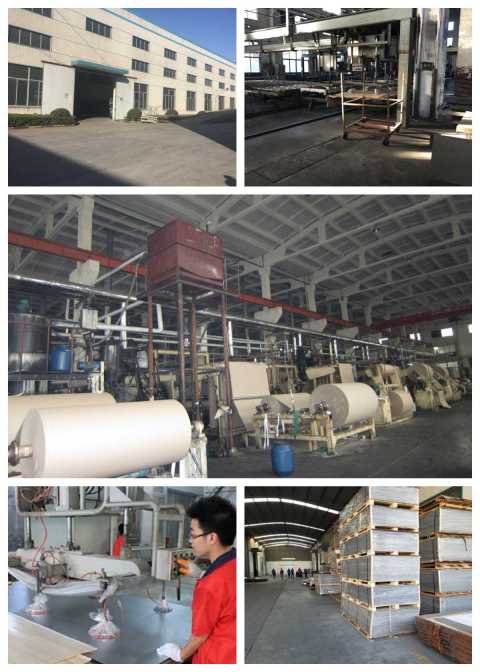phenolic top
Phenolic top is a standout choice for middle school lab settings, designed to support safe and efficient student experiments. Boasting strong chemical resistance, they withstand dilute acids, alkalis, and common lab solvents without discoloration or damage. Heat-resistant and impact-tough, these tops endure daily use—from beaker placements to minor knocks—while retaining their shape. Non-toxic, low-odor, and compliant with educational safety standards, they prioritize student well-being. Their smooth, non-porous surface cleans easily with mild detergents, ensuring hygiene between sessions. Lightweight yet sturdy, phenolic tops are easy to customize for experiment tables or equipment bases, balancing functionality and affordability to meet middle school labs’ practical needs.
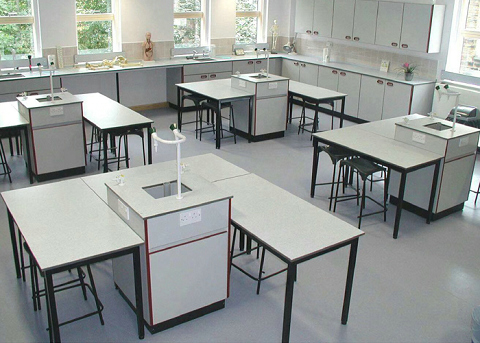
Feature
- Phenolic top is suitable for use in fume hood because of its chemical and physical properties. Phenolic boards are made by impregnating kraft paper with phenolic resin and covering the surface with special decorative colored paper, which is then pressed at high temperature and high pressure.In terms of chemical stability, they perform excellently and can resist the erosion of various chemical substances, including common acids, alkalis, and organic solvents.
- In fume hoods, various chemical experiments are often carried out, and it is inevitable that chemical reagents will splash or volatilize. The chemical stability of chemical resistant laminate can ensure that they will not be corroded and damaged in such an environment, thus guaranteeing the normal use and service life of the fume hood. Meanwhile, phenolic top have relatively good physical properties. They have a relatively high hardness and can withstand certain impacts and pressures without being easily deformed or damaged. In the daily use of fume hoods, some experimental equipment and apparatus may be placed on them, and phenolic resin panels can stably support these items.
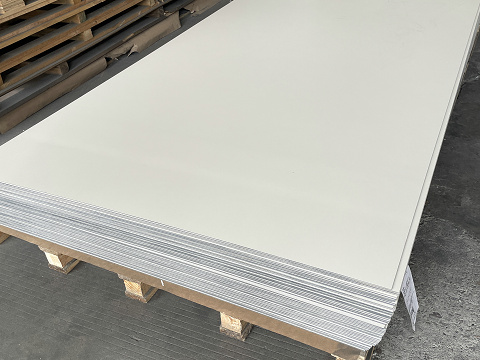
Appllications
A worktop
- Phenolic tops are often used as the worktop material in fume hoods. Their flat and smooth surfaces are convenient for experimental operations and are easy to clean, enabling timely removal of stains and residues generated during the experiment.
- In addition, since the worktop needs to be in direct contact with various chemical reagents and experimental samples, the chemical corrosion resistance of countertops can effectively prevent the worktop from being corroded, maintaining its cleanliness and safety.
A Liner for the Cabinet Body
- As a liner for the cabinet body of a fume hood, the phenolic tops can protect the cabinet body from being eroded by chemical substances.
- There will be various gases and chemical substances volatilizing inside the fume hood. Using phenolic compact panels as the liner can prevent these substances from damaging the cabinet body structure and prolong the overall service life of the fume hood.
- Meanwhile, chemical – resistant compact panels are available in a rich variety of colors, which can be matched with the overall style of the laboratory to make the fume hood more beautiful.
phenolic tops Specification
| Name | Phenolic tops |
|---|---|
| Feature | Good price and stable material in labs |
| Material | Phenolic resin |
| Type | Countertops |
| Cretificate | SGS |
| Color | Black, offer white |
| Size (foot) | 5×12 |
| Size (mm) | 1525×3660 MM |
| Thickness | 4 MM, 12.7 MM |
| Surface finish | Matt |
| Density | 1.5 |
| Chemical resistance | SEFA3-2010 |
| Mini order | 30 |
phenolic top of fume hood
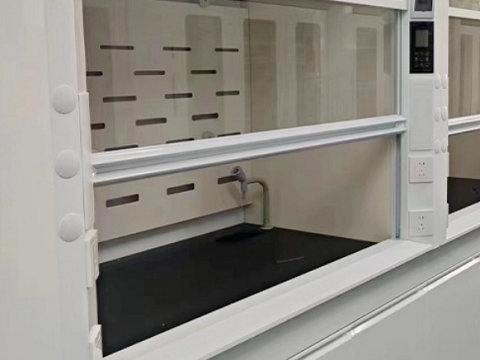
Fume hood liner panels
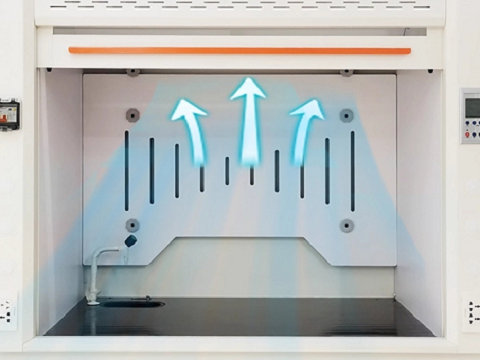
Phenolic Sheets press machine
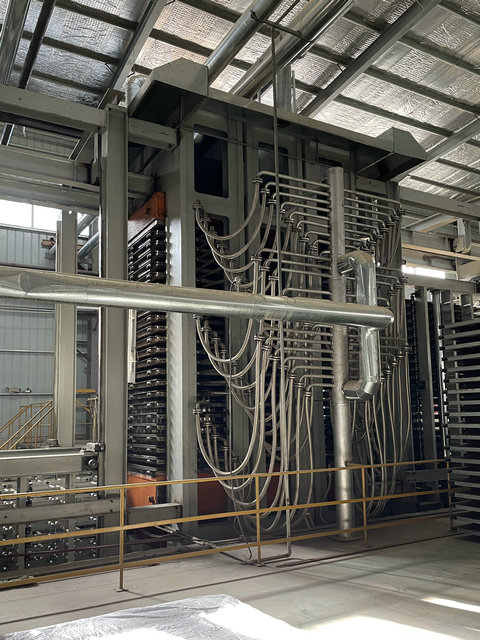
Chemical resistant laminate
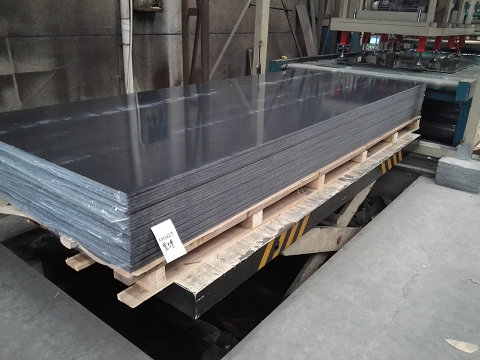
Chemical resistance
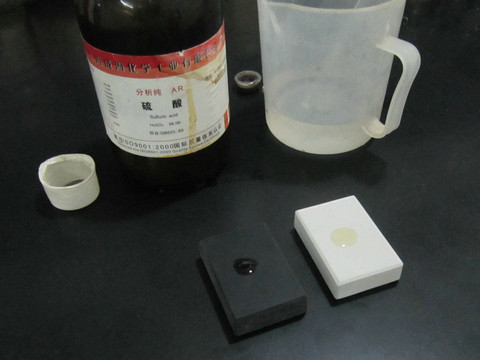
certificate
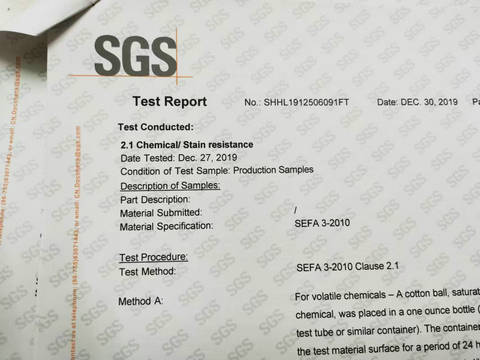
Boards Packing pallets
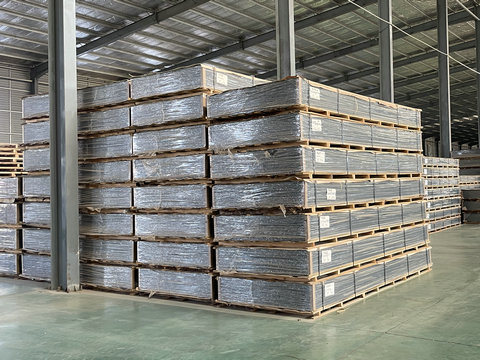
Shipping
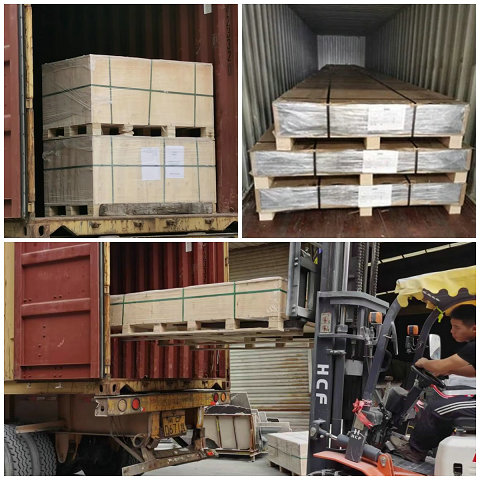
a professal phenolic tops supplier
